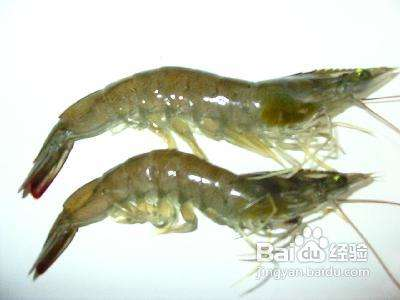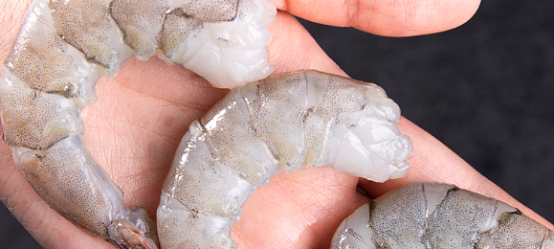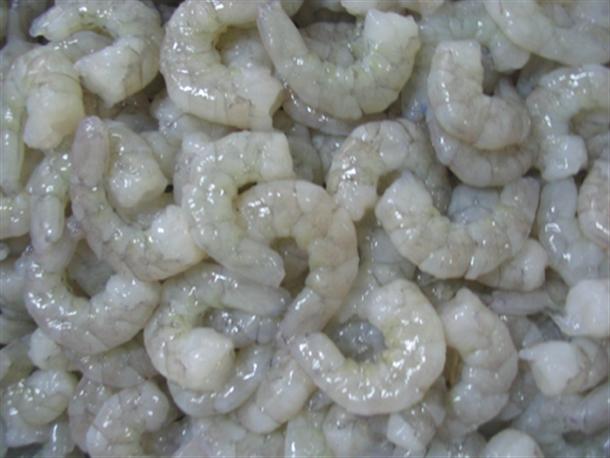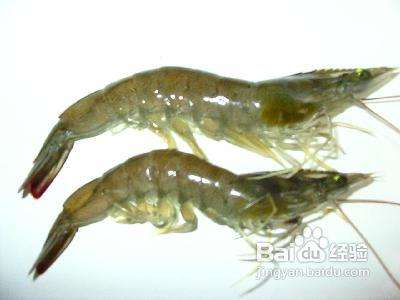Cultivation technology of South American white shrimp
South American white shrimp has delicious meat, with a processing rate of up to 67%. It has a wide temperature range and can grow at 18-32 ℃. It also has a wide salt range and can grow at a salinity of 1-40 ‰. It is an excellent desalination aquaculture variety. South American white shrimp grows quickly and has strong disease resistance, and has gradually become the main aquaculture shrimp species in southern China.
Steps/Methods
selection of the site
The terrain is flat, and the bottom material is preferably mud or sandy soil. At the same time, it is required to have convenient access to seawater and fresh water, and clean and pollution-free water quality. At the same time, there should be sufficient power supply. The bottom of the pool should be flat and the silt should not be too thick.
Shrimp pond construction
(1) Shape: A circular or nearly circular shrimp pond is preferred. Under the action of the aerator, the pond water can form a circulation, which is conducive to the collection and removal of suspended waste in the pond water towards the center of the pond. But in order to improve land utilization, most shrimp ponds are still built in rectangular or square shapes.
(2) Area: A large pool can be built for those with good conditions. The general area is 10-20 acres, and for those with poor conditions, small ponds can be built. The general area is 3-5 acres, which is convenient for management.
(3) Pool bottom: The pool bottom is flat, compacted, and can be covered with plastic film if conditions permit. The bottom should be slightly inclined towards the center in the shape of a pot bottom, and a drainage pipe should be installed in the center of the pool bottom for easy drainage and draining of the pool water.
(4) Depth: The depth of the pool is usually 2-2.5 meters, and the water depth after entering is 1.5-2 meters. The stocking density is high in deep water.
(5) Reservoir: In areas where the water source is contaminated, a corresponding area of storage and treatment tank should be set up.
Clearing ponds and eliminating pests
After harvesting every season, shrimp ponds accumulate a large amount of organic matter such as silt, feces, residual bait, animal carcasses, and plant debris at the bottom of the pond, which is an important cause of shrimp pond aging, water quality deterioration, and the induction of shrimp diseases. Therefore, it must be thoroughly cleared before release. Generally, surface silt is removed manually or mechanically. After dredging, sprinkle 75-100 kilograms of quicklime per acre throughout the entire pond.
Inlet fertilizer pond
One type is seawater that is powered by tidal range. Due to the increasingly severe pollution in the sea area, seawater often contains bacteria, viruses, and harmful chemicals. Therefore, it should be treated in a reservoir before entering the water; Another type is to directly extract groundwater, which can avoid introducing pathogens, but the chemical composition of groundwater varies in different regions, such as high levels of ammonia nitrogen, nitrite, or sulfide. It must be treated before entering the pond, otherwise it will affect the survival rate and growth rate of shrimp. The treatment method is to fully aerate, increase the oxygenation rate, and combine the use of microbial agents such as photosynthetic bacteria and nitrifying bacteria for treatment. In diluted aquaculture areas, attention should also be paid to the pollution of freshwater sources.
Selection of shrimp fry
Selection criteria: Healthy shrimp fry have a clean and glossy surface, intact limbs and feet with separated tail fans, no whitening or reddening of the shrimp body, and no fluorescence at night. When scooped up with a water scoop, the shrimp fry can quickly swim towards the edge of the scoop and remain still close to it. By stirring the water in a circular motion with your fingers, the shrimp fry can swim against the current. It is better to observe that the two tentacles of a shrimp fry can be brought together or occasionally separated and merged again. If the two tentacles are often separated or even unable to be brought together, the health condition of the shrimp fry is poor.
Feeding time and feeding amount
In the early stage of South American white shrimp farming, feeding is done twice a day, at 8:00 and 20:00; Feeding three times a day during the mid-term of aquaculture, namely at 8:00, 19:00, and 23:00; Feed 4 times a day during the later stage of aquaculture, namely at 7 o'clock, 12 o'clock, 19 o'clock, and 0 o'clock. The daily feeding amount in the early stage is 8.1% of the total shrimp weight, in the middle stage it is 6.8%, and in the later stage it is 4% to 5%. When feeding, sprinkle evenly by the pond, and the feeding amount at night accounts for 50% of the total daily feeding amount.
Water quality regulation
The water color of the South American white shrimp pond is preferably yellow brown. In the early stage of breeding, the transparency should be controlled at around 30 centimeters, and in the later stage, it should be around 40 centimeters. During the breeding period, apply fermented manure once a week, with a dosage of 25 kilograms per acre.
control
Once the disease occurs in South American white shrimp, it is difficult to cure, and prevention should be the main focus. Prevention method: Use dibromohydantoin compound disinfectant once every 10-15 days, with a dosage of 0.1 grams per cubic meter of water, and evenly sprinkle the dissolved water throughout the pool. The treatment method is to use a dibromohydantoin compound disinfectant once, with a dosage of 0.2 grams per cubic meter of water. If the condition is severe, change some water every 2 days and use it again, with a dosage of 0.1 grams per cubic meter of water.







